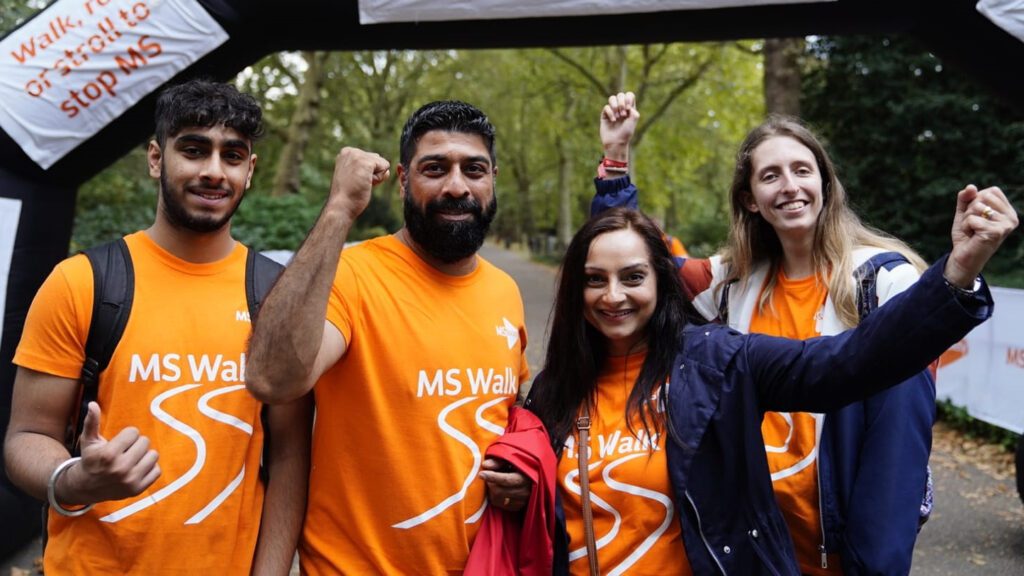The worst way to raise money is by holding a fundraising event. The occasion should be about building our tribe, not our balance sheet.
“But”, I hear you say, “there are events going on in my town every day; golf tournaments, auctions, raffles. They raise tens if not hundreds of thousands of dollars. Are they all wrong?” No, they’re not all wrong, it’s just that fundraising events are used for the wrong purpose. It’s not about the money.

Total Raised Does Not Equal Total Good
Let’s get something out of the way to start. We’re envious when hearing that ‘X’ organization raised $30,000 with their Golf Tournament. The reality is when they factor in the direct costs of green fees, food, beverage, facility, printing, mailing, etc) then that number drops to $15,000. Now fold in the indirect costs of staff and/or volunteer time and they’re down to $5,000.
But they loudly trumpet the bejesus out of that $30,000 figure which is the gross revenue while remaining silent over the net revenue. What’s worse is that all the work that went to get their supporters to lay out $30,000 just to add $5,000 to the bottom line. Even that paltry sum does not take into account the enormous opportunity costs which in any steely-eyed analysis means this event is a net loser.
Does this mean we should junk all such events? No, it just means we need to adopt a more modest attitude about what these affairs are supposed to be about. Our event should not sit on an island as an event. Instead, it should be part of a comprehensive fund development plan.
For eight years I assisted nonprofits to work through wide-ranging sustainability strategies using a model developed by the national Finance Project. Too often the initial drafts these nonprofits produced contained an element of magical thinking. Among the many fallacies they had to jettison during this process were 1) that someone was just salivating at the opportunity to give them a $100,000 grant and 2) their boffo fundraising event idea would net $50,000 in the first year.

Time Is Money
Among the most damaging misconceptions out there is that Board, Staff, and Volunteer time are not real overheads. Many believe that since staff salaries are fixed expenses and volunteer time requires no cash cost that these are not true outlays. Oh yes they are.
Tweet
Economics is the study of limited resources. Time is most definitely a limited resource (and non-renewable to boot). When a volunteer spends 15 hours soliciting gifts from multiple businesses for our charity auction, that’s 15 hours they could spend building a relationship with a single business which results in multiple and sustained cash gifts from them and their employees over many years.
Another mistake is to consider the event part of a campaign to inform the public about our good work. Educating the public is a good thing, but once again the enormous time and money costs of putting on an event require more concrete goals than just ‘education’. It is great if supporters walk away with some deeper understanding of our work, but if that does not translate into some specific policy action or a financial commitment to our bottom line then the learning is meaningless. Knowledge without deed is zero.
Is there a better way? Yes!

Create Our Pipeline Then Build Our Tribe
Stop thinking of these events in terms of raising funds and start thinking of them as raising fanatics.
Seth Godin is an entrepreneur who ruminates on marketing in the digital age. Author of several best-selling books, Godin argues that digital life has ended traditional mass communication and replaced it with an ancient human social unit, The Tribe. These are groupings of people founded on shared ideals and values. As such, tribes give ordinary people the power to lead and make big changes.
In the new world, what people desire most is an opportunity to connect with one another. We are social animals who like bonding with other people. It’s human nature. If we create opportunities for our current supporters to connect, they’ll open up and feel more comfortable. As they do, they’ll invite us into their lives and will introduce us to their friends. Then their friends become our family. It is at this point that we start the process of real fundraising.
The data is so overwhelmingly convincing. One-half of charitable giving in the United States is not driven by what people care about, it is driven by what their friends and family care about. Consider the charity walk or bike ride. Most of those involved have little driving passion for the issue at hand, but join up to walk as part of a team organized by a friend or family member. It’s community!
The nonprofits which will thrive in this new era are the ones who build out their tribe. Thus our events should not be assembled around a desperate need to generate cash. Instead, they should be mission-driven with an emphasis on cultivating and stewarding current or potential donors. In many cases, it means our event will be free!
Free?
Yes free. A tribe helps like-minded people find each other. It gives them a story to tell and something to talk about. So how do we build such a community intentionally? Here’s an idea: Give. At present, my e-reader contains about 40 e-books I’ve received for free. My music player perhaps 70 free songs. They came from the creators themselves. These are not free of course, these works cost the author or band something. But in return, they earn something more valuable than money: my connection.
A local men’s choir does an annual chicken barbecue and community sing-a-long. In between sets, their members spread out among the crowd asking attendees about their favorite music and whether they’d like to sign up for a free CD. Everyone who took a CD gets a follow-up phone call and invite to one of their coffeehouse evenings. It is at that time the solicitation starts. That’s where we want to go when building a tribe. First, give them something then eventually they’ll return the favor.
So what kind of event can we hold that our current supporters will want to invite their friends? Why not start by inviting small groups of our supporters in for coffee and discuss the idea. Test out several ideas. See which one(s) catch fire and generate interest. Guaranteed we’ll receive a better return on investment of time in this type of activity as opposed to chasing down tee sponsors for a golf outing.
Freeing ourselves from the time/energy suck that selling tickets, soliciting auction gifts and all the attendant issues which go along with a fundraiser event allows us to turn that energy to the more beneficial task of building relationships. Imagine following up with attendees on a one-on-one basis in order to further invest them in our work. Emphasis: First invest them in our work then we can ask them to invest in our work. Once they’ve made that first contribution we continue to deepen the ties which lead to upgrading some of them to major donors. A portion of these major donors will write us into their will or make substantial legacy gifts.
It takes time, but this is where the real money is at.
So stop raising money and start raising friends.
